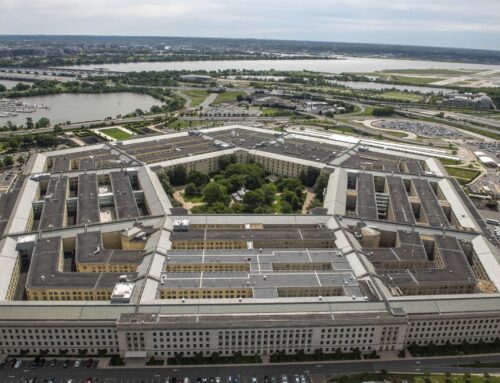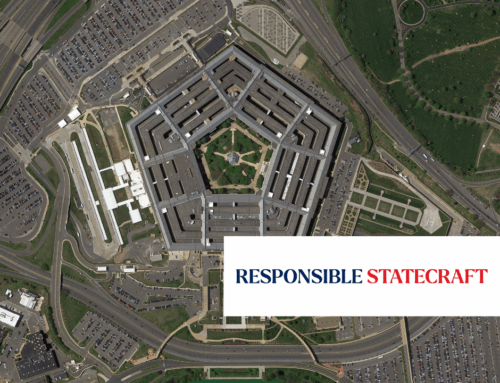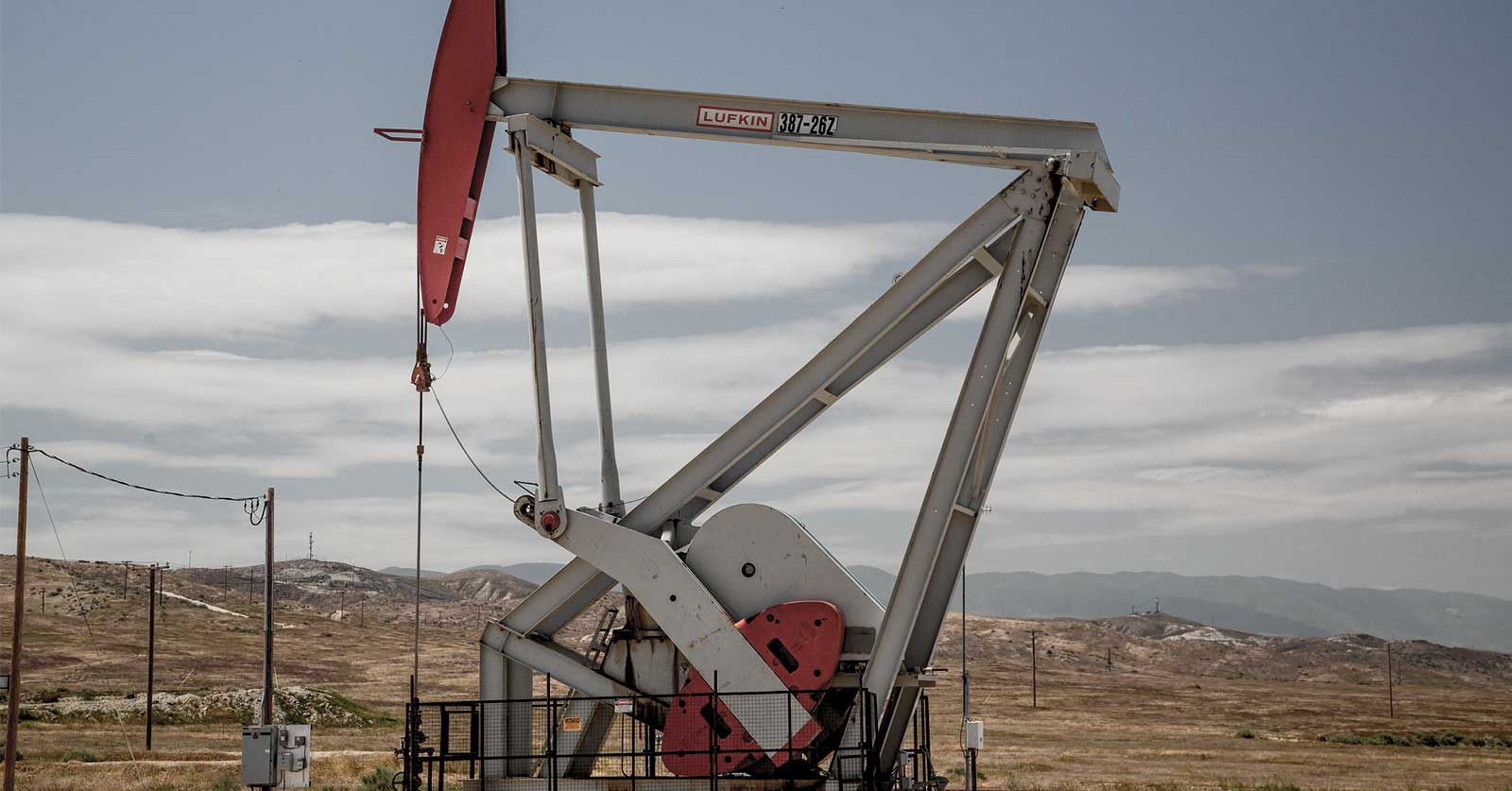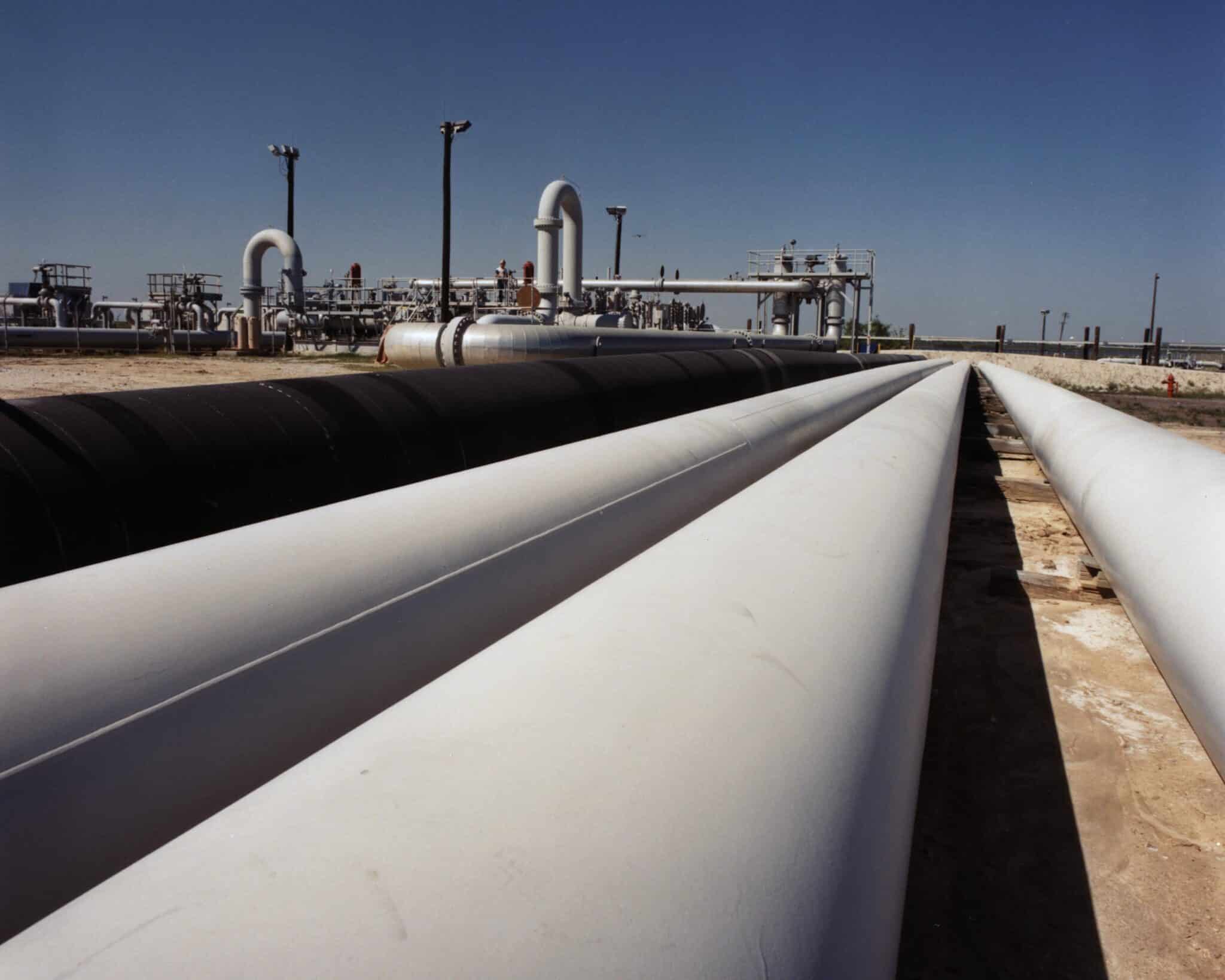Every two years the Congressional Budget Office (CBO) is statutorily required to estimate the 10-year cost of plans for the nuclear forces. And this much anticipated estimate was released this week. In a Washington political climate that plays a lot of hide-the-ball when it comes to cost estimates, this is an important biennial blow for transparency. Unfortunately, it’s also a blow to Uncle Sam’s wallet.
At TCS we live for this kind of thing. There are lots of “cost estimates” by organizations or corporations that definitely have a dog in the fight. When an estimate is released by an organization with strong political views or an economic stake in the process we get out our green eye shades and our pencils and run the publicly-available numbers ourselves. So a cost estimate from a government source like CBO, the Government Accountability Office (GAO), or the Congressional Research Service (CRS) is the gold standard for us.
We’re on the record with our doubts and concerns about the rising costs of nuclear weapons, the use of a gimmicky “special fund” to pay for modernization of the Navy’s leg of the triad, and whether or not modernizing the highly vulnerable silo-based intercontinental ballistic missiles (ICBMs) is wise. If protesting nuns know where they are, presumably the Russians do too.
Even in the Pentagon budget where tens of billions of dollars spent on a weapon system is the norm, the increase in estimated costs since the last CBO report on this topic is breathtaking. The last estimate was for the ten year period stretching from 2017 – 2026 and was a whopping $400 billion. The current estimate is 23 percent higher, clocking in at $494 billion for the period 2019 – 2028. This averages out to slightly less than $50 billion a year.
Part of the reason for this precipitous rise in costs is that as we move into the late 2020s development of the weapon systems reach a more mature, and therefore more expensive, phase. Also, CBO makes economy-wide inflation assumptions which contribute to the rise in the topline. But CBO ominously points out that 39 percent ($37 billion) of the increase is projected to occur in eight of the same years, 2019-2026, that were included in the last estimate just two years ago. And those increases occur because of both more detailed plans and the addition of new modernization programs.
Specifically, three new increases in capability were called for by the 2018 Nuclear Posture Review: a so-called “low yield” nuclear warhead to be delivered by submarines, a new sea-launched cruise missile, and an increase in U.S. capacity to produce plutonium pits (the core at the center of a nuclear weapon). Those three new initiatives are responsible for $17 billion of the $37 billion increase.
The Pentagon is awash in funding these days. Remember that the Fiscal Year 2019 (FY19) total in the defense spending bill was $674.4 billion. But also remember that military construction funding for FY19 is $10.3 billion and the funding for Pentagon nuclear programs at the Department of Energy is $15.2 billion. Add those up and you get the very tidy sum of $699.9 billion. We’ll round that up to $700 billion.
We get that the military services and the Joint Chiefs are scrambling to find programs to justify that staggeringly high topline. In fact, $27.7 billion of cash allotted to the Pentagon “expired” at the end of FY18 because they didn’t spend it. That’s more than some entire cabinet agencies get in a year. The reality is that the country is piling on debt that could easily cripple our economy over the long term. Tapping the brakes on this plan to spend half a trillion dollars on nuclear weapons in the next ten years is just common sense.










